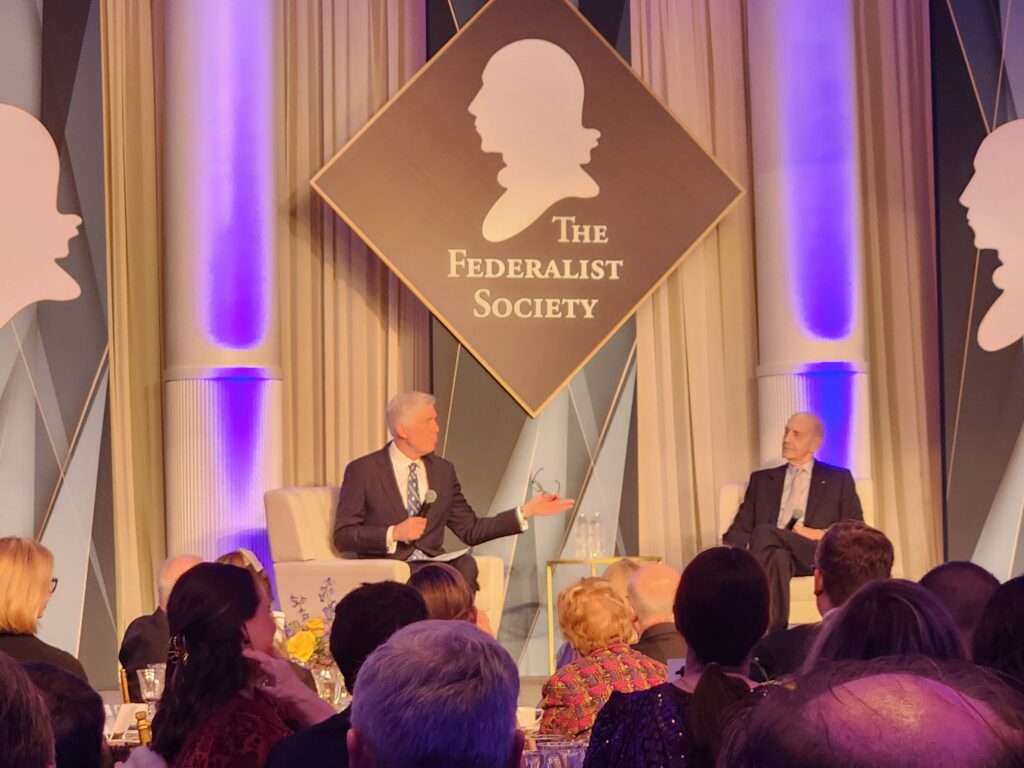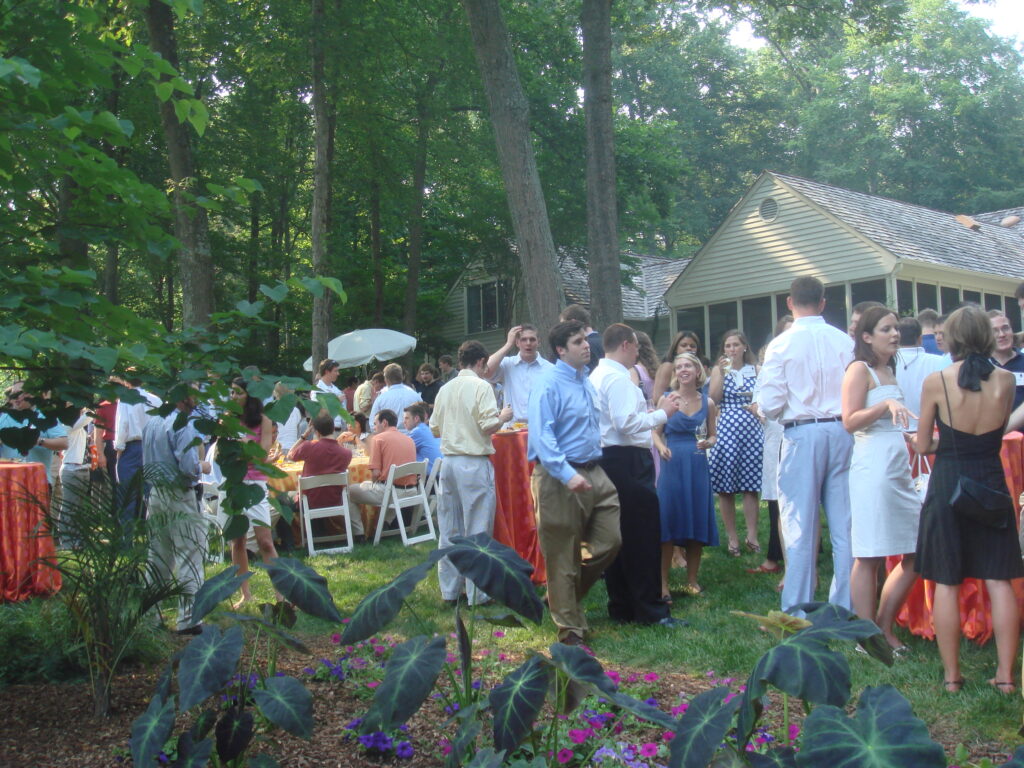
Election Day is here, and all eyes will be on the presidential results, even though we may not know the winner for a few days. Control of Congress is also up for grabs and will take time to determine. These offices impact the right to vote, given the differing views of the two presidential candidates and the jurists they will nominate and confirm.
As an election law professor, I will also be attuned to the ballot measures that will impact elections for years. As Professor Richard Pildes wrote in The New York Times, “Americans in a number of states will also be voting on some of the most significant sets of political reforms in decades. . . . These ballot measures — in red, blue and purple states — constitute a major referendum on whether we can reduce political extremism through institutional change.”
Beyond reforms to party primaries (the central focus of Pildes’s piece), numerous states and localities have ballot initiatives impacting democracy. The indispensable Bolts Magazine “What’s on the Ballot” guide lists 28 ballot measures that address voting and election rules.
Ranked Choice Voting (RCV) will have its “biggest election day yet,” according to the advocacy group FairVote, as voters in four states and four cities will decide whether to implement this voting system. RCV lets voters rank-order their preferences instead of choosing just one candidate, minimizing the “lesser of two evils” conundrum that voters often face. The American iteration of this system began in 2004 in San Francisco. It then spread to other cities and eventually statewide in Alaska and Maine. Now, Colorado, Idaho, Nevada, and Oregon voters will determine whether to use RCV for future elections. (Nevada voters already approved it once, in 2022, but it must pass twice to become law.) Richmond, California; Oak Park, Illinois; Peoria, Illinois (in a non-binding referendum); and Washington, D.C. will also decide whether to adopt RCV for its future local elections; they would join the 50 jurisdictions that already use RCV—including Alaska, Maine, and 12 cities and counties that are employing it this November. Meanwhile, Alaska, which uses RCV and a top-4 primary system—in which voters choose among all candidates in a primary and the top four, regardless of party affiliation, move on to the general election—will decide whether to repeal the measure. Arizona, Missouri, and Bloomington, Minnesota, voters will also determine whether to ban RCV for all elections.
Ohio and Los Angeles, California, will decide whether to adopt independent redistricting commissions. The Ohio measure is sorely needed after the partisan commission drew skewed maps after the 2020 census, which the Ohio Supreme Court struck down several times. The Los Angeles measure responds to a scandal involving city council members making racist comments as they discussed the maps they would draw.
The electorate could be expanded or restricted in several places: eight states (Idaho, Iowa, Kentucky, Missouri, North Carolina, Oklahoma, South Carolina, and Wisconsin) will decide whether to amend their state constitutions so that only citizens may vote, which would preclude their localities from allowing noncitizens to vote in local elections. These measures would also soften the strong protection that state constitutions provide to the right to vote. They are especially concerning given that noncitizens are not illegally voting to any measurable degree. In the opposite direction, Santa Ana, California residents will decide whether to follow a few other jurisdictions that legally allow noncitizens to vote in municipal elections.
Iowa voters will determine whether to let 17-year-olds vote in a primary election if they are 18 by the general election. Albany, California, voters will decide whether to lower the voting age to 16 for local elections, following several cities in California, Maryland, and Vermont that have adopted this reform for all local elections or school board elections. (Newark, N.J., will implement a voting age of 16 for its school board elections next year.)
Connecticut voters will decide whether to enshrine no-excuse absentee voting in its state constitution. If the measure passes, Connecticut will join 36 other states and D.C., which either allow no-excuse absentee voting or automatically mail a ballot to all voters. Meanwhile, a Nevada measure could restrict access by amending the state constitution to require voters to present a photo ID. The initiative would cut against the Nevada constitution’s voters’ bill of rights, which is a list of safeguards that Nevada voters passed in 2020.
Arizona and North Dakota voters will decide whether to make it more challenging to enact citizen-led initiatives, an obvious pushback against efforts to go around the legislature to enact pro-voter reforms. Advocates in Dallas, Texas, want to move in the opposite direction and make it easier to enact local ballot initiatives, extending the time to obtain citizen petitions and lowering the signature threshold from 10 percent of the city’s qualified voters to 5 percent.
Campaign finance is on the ballot in two places: Florida voters will decide whether to repeal public financing of campaigns, while Maine will determine whether to restrict donations to PACs to $5,000, though if it passes, the measure might violate the legal principle behind the D.C. Circuit Court of Appeals decision that came a few months after the Supreme Court’s 2010 ruling in Citizens United; that D.C. Circuit decision, however, was about federal law, not a state law, and proponents have said they are seeking to set up a legal challenge that could create favorable precedent on limiting outside money in campaigns—though with the current Supreme Court, the maneuver could well backfire by dismantling the campaign finance regime even further.
This year is not necessarily unique in asking voters to decide how our elections should operate. 2023 saw numerous ballot initiatives to reform our voting process. So did 2022. Given that many people lack confidence in our election system, these measures are more critical than ever.
We may not know the presidential election winner on Tuesday night, but these ballot measures will tell us more about the strength of our democracy and the rules that will govern the next elections.
The post What I’m Watching on Election Night appeared first on Washington Monthly.


 1 week ago
1
1 week ago
1 









 Bengali (Bangladesh) ·
Bengali (Bangladesh) ·  English (United States) ·
English (United States) ·